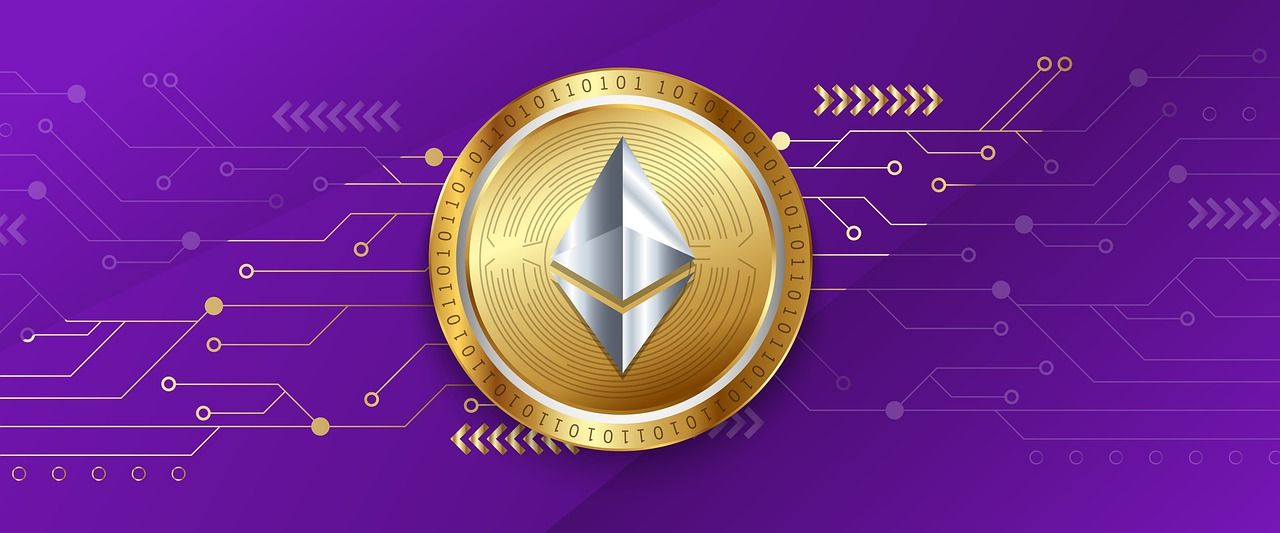Ethereum Explained

Ethereum is a platform that has redefined the possibilities of blockchain technology. This decentralized platform, built for creating and deploying smart contracts and decentralized applications (dApps), has far-reaching implications across various industries. This comprehensive guide will dive deep into Ethereum's foundations, functions, unique features, and diverse use cases demonstrating its transformative potential.
Ethereum was conceived by a group of developers led by Vitalik Buterin in response to the limitations of the first-generation blockchain, Bitcoin. While Bitcoin focused on being a decentralized digital currency, Ethereum expanded the vision to encompass a decentralized platform for creating and deploying smart contracts and dApps. Ethereum aims to empower individuals and organizations with a decentralized infrastructure that enables new applications and use cases in finance, governance, and beyond.
At its core, Ethereum is a decentralized network of computers, or nodes, that validate transactions and executes code. Unlike Bitcoin, Ethereum incorporates a programming language called Solidity, which allows developers to create smart contracts and dApps. These digital agreements and applications run on the Ethereum blockchain, ensuring security, transparency, and immutability.
When a user initiates a transaction on Ethereum, it is broadcasted to the entire network. The nodes validate the transaction and group it with other transactions into a block. The block is then added to the blockchain, creating a tamper-proof, transparent, and permanent transaction record.
Ether (ETH) is the native cryptocurrency of the Ethereum platform. It serves as both a digital currency and the fuel required to power the network. Ether is used to pay transaction fees, called gas, compensating validators for their work in processing and securing transactions.
Ethereum wallets are essential for interacting with the platform, as they store users' private keys, which are necessary to sign transactions and engage with smart contracts. Wallets come in various forms, such as hardware, software, and online platforms. When selecting a wallet, users should consider factors like security, ease of use, and compatibility with various dApps and services.
Smart contracts are self-executing digital agreements that operate on the Ethereum blockchain. They contain code that automatically enforces the terms of a contract when specific conditions are met. By eliminating intermediaries, smart contracts reduce costs and increase efficiency in various applications. Some examples of smart contract use cases include:
- Decentralized finance (DeFi): Smart contracts enable the creation of decentralized lending platforms, stablecoins, and other financial services that operate without central authorities.
- Supply chain management: Smart contracts can enhance traceability and transparency by automating various processes, such as payment settlements and tracking product provenance.
- Tokenization: Smart contracts facilitate the creation of digital tokens that represent real-world assets, such as real estate, art, or intellectual property.
Ethereum originally employed a Proof of Work (PoW) consensus mechanism, similar to Bitcoin. However, PoW consumes vast amounts of energy and can lead to centralization issues. Ethereum has transitioned to a more sustainable consensus mechanism called Proof of Stake (PoS) with the Ethereum 2.0 upgrade. In PoS, validators are chosen to create new blocks and confirm transactions based on the amount of cryptocurrency they hold and are willing to "stake" as collateral.
Scalability has long been a challenge for Ethereum. The network has experienced congestion and high transaction fees during periods of increased usage. To address these limitations, Ethereum 2.0 has introduced several scalability solutions:
- Sharding: Sharding divides the network into smaller, interconnected chains called shards. This approach allows for more transactions to be processed simultaneously, increasing throughput and reducing gas fees. Each shard operates independently, processing its own transactions and smart contracts, which helps to distribute the workload across the network.
- Rollups: Rollups are Layer 2 solutions that bundle multiple transactions into a single proof, which is then submitted to the Ethereum main chain. Rollups significantly increase transaction throughput and reduce gas fees by processing transactions off-chain and only periodically submitting the proof to the main chain.
- State channels: State channels are another Layer 2 solution that enables off-chain transactions between parties. Participants open a channel, perform multiple transactions, and then close the channel, submitting the final state to the Ethereum main chain. This reduces the need for on-chain transactions, improving scalability and reducing fees.
These scalability enhancements aim to make Ethereum more accessible and efficient, paving the way for broader adoption of decentralized applications and services.
Ethereum's open-source nature and robust developer ecosystem empower anyone to build applications on the platform. Developers can use Solidity or other Ethereum-compatible programming languages to create smart contracts and dApps. There are numerous tools and frameworks available, such as Truffle, Remix, and Hardhat, that simplify the development process and help developers test and deploy their creations on the Ethereum network.
In addition to smart contracts, Ethereum also supports creating and managing digital tokens using standards such as ERC-20 and ERC-721. These token standards have given rise to a vast ecosystem of decentralized applications, ranging from decentralized finance (DeFi) platforms to non-fungible tokens (NFTs) for digital art and collectibles.
Ethereum has revolutionized the blockchain landscape by enabling the development of decentralized applications and smart contracts across diverse industries. Its unique features, such as wallets, smart contracts, proof of stake, and scalability solutions, have made it a popular choice for developers and users alike. As the Ethereum ecosystem evolves and matures, its potential to reshape industries and disrupt traditional systems becomes increasingly evident. With ongoing enhancements and a growing community of developers and users, Ethereum is positioned to remain a leading force in the world of blockchain technology.
Thanks for reading!
Article Links:





TIME IS MONEY: Your Daily Scoop of Markets📈, Business💼, Tech📲🚀, and Global 🌎 News.
The news you need, the time you want.
Site link ⬇:

Business/Advertisement Inquiries: timeismoney@timeismon.com
Support/Suggestions Email: timeismoney@timeismon.com


